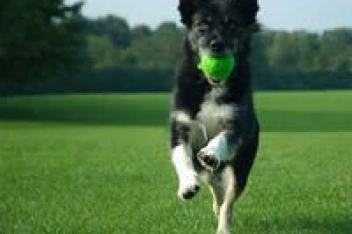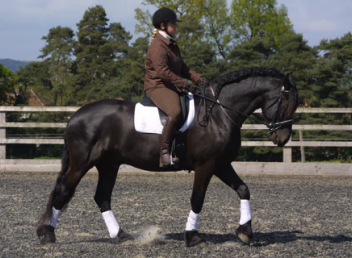Spring is hopefully on its way! and after a long winter it is tempting to turn horses out into our spring pastures at the first sight of the sun and the growth of fresh grass. However spring grazing should be introduced slowly to protect the horse's health and ideally delayed until grasses reach 6 to 8” in height to optimise the health and longevity of the pasture.
Whether your horse has been stabled for the majority of the winter or you're managing the switch from winter grazing to spring grazing let's take a look at the reasons behind staggering the return maximum turn out time and higher quality pasture.
The Digestive System
Though hay and grass are the same concept, there are significant differences between the format of the forage. Dried hay is approximately 15% moisture compared to fresh pasture that is 85% moisture. The horse digests food-sources by fermenting fibre in the hindgut and this relies extensively on the microbes present in its gastrointestinal tract. If the food provided to the horse changes the microbes cannot necessarily adapt quickly enough and if the microbial populations don't have time to adjust to the change large numbers can die, while others flourish which can lead to digestive dysfunction such as colic.
Laminitis
Laminitis is a highly detrimental resulting in the sensitive laminae of the foot weakening and becoming inflamed and in extreme cases the rotation or a drop of the pedal bone.
Laminitis can occur for many reasons but it is often linked to obesity and the ingestion of grass which is highly rich in sugar and starch such as lush spring grass.
Seasonal variations in pasture carbohydrates are well documented. Concentrations of fructans concentrations have been found to be highest in the spring, lowest in summer, and intermediate in Autumn. Because horses are selective grazers, and are known to find feedstuffs with elevated sugar content highly palatable, avoiding or restricting grazing in the early spring can reduce the chance of rapid intake of grass and resulting laminitis.
Paddock Maintenance
The grass in our paddocks require sufficient growth before our horse's are offered access to grazing the lush fields. Photosynthesis (the process of converting solar energy to chemical energy) occurs mainly within the leaves of plants and if the leaves are grazed too early (prior to 6” tall) or too often, plants can lose their vigour, competitiveness, and root structure due to the lack of photosynthetic ability. Without this the grass will die back and overgrazed areas can be replaced with undesirable weeds.
Three Top Tips for Turning Out your Horse Safely from Scientific Nutritional Products
1.) Build the time at pasture for your horse gradually limiting the risk of digestive implications such as colic or laminitis and your pasture being decimated.
2.) If your horse has been stabled for the majority of the winter prepare him wisely for his first footsteps on spring pasture. Ensure he wears a field-friendly headcollar in case he is difficult to catch and apply protective boots including overreach boots in case he decides to be 'full of the joys of spring' and buck and gallop in the field.
3.) If your horse is moving from winter fields onto spring fields make sure all equines are moved together to prevent separation anxiety amongst field buddies and it may be wise to worm all the horses and ponies prior to moving to the new fields.
We offer a wide range of Horse Supplements and Dog Joint Supplements including Glucosamine for Dogs. Please visit our website www.horsesupplementsdirect.co.uk or call us on 01377 250105




